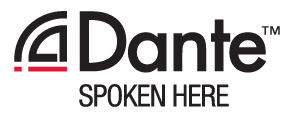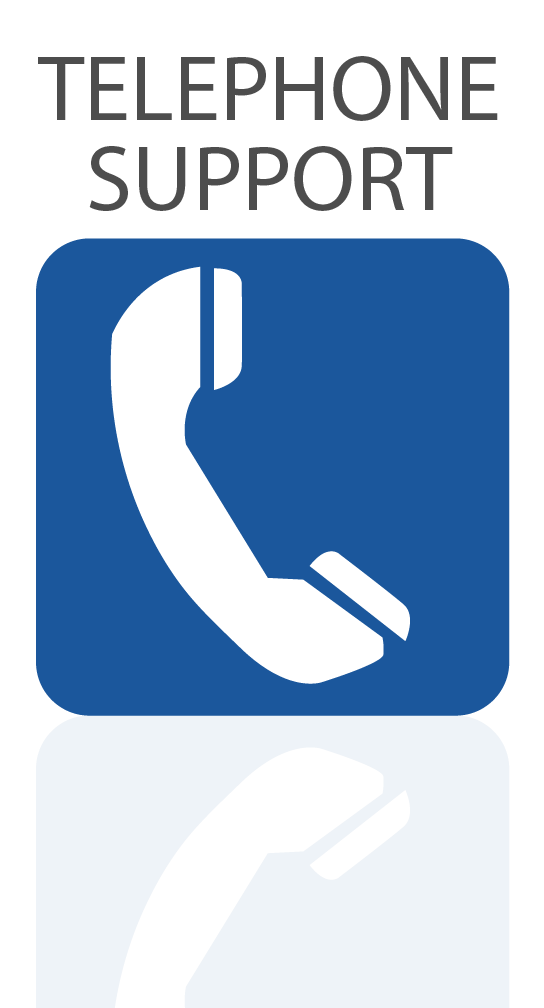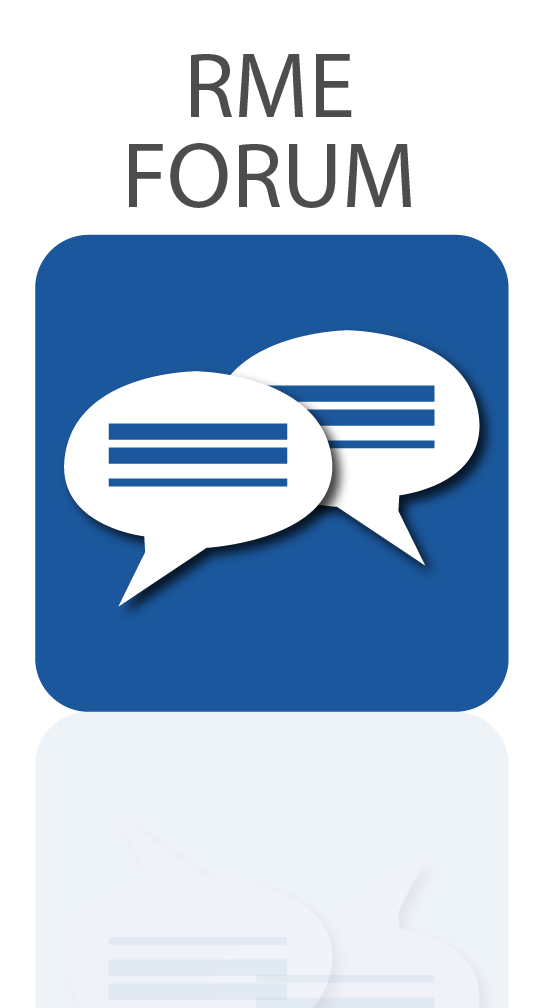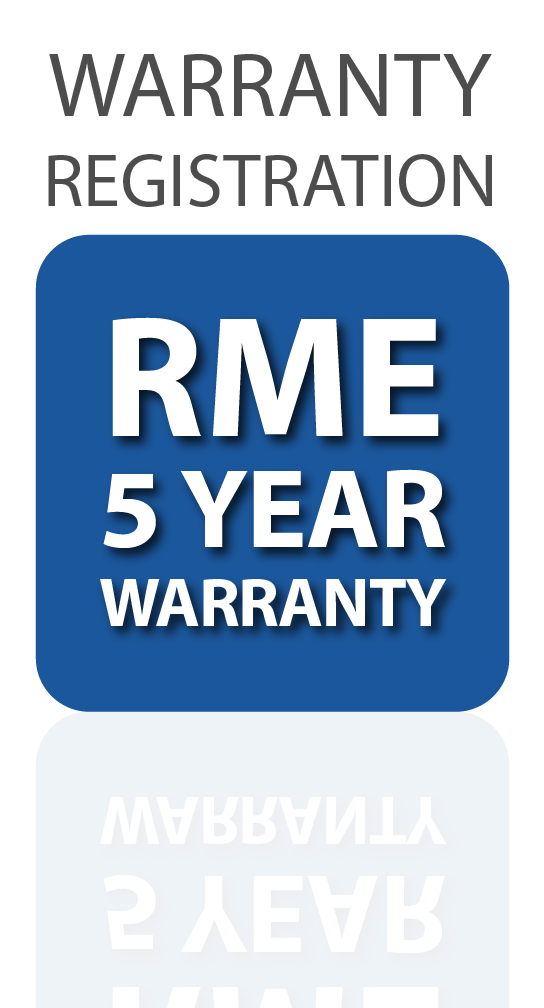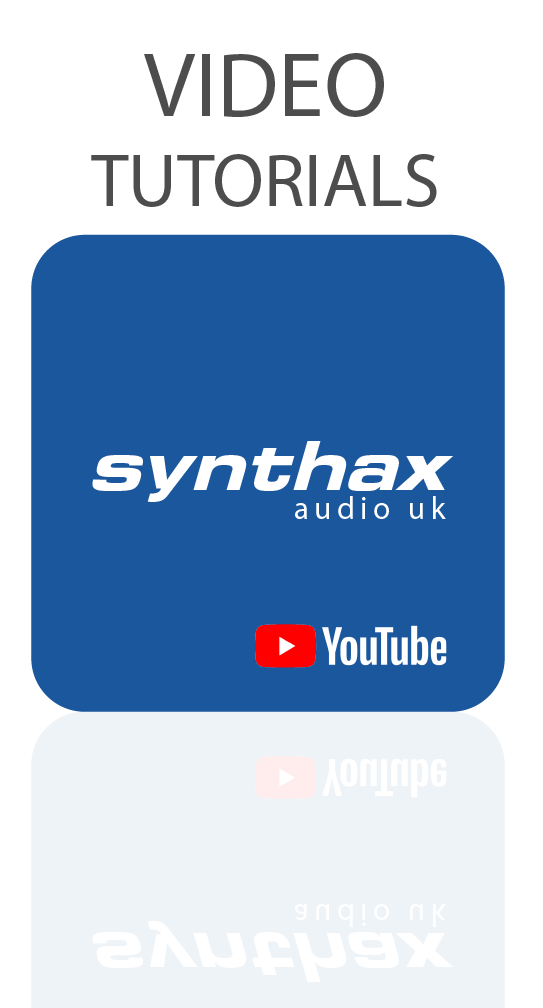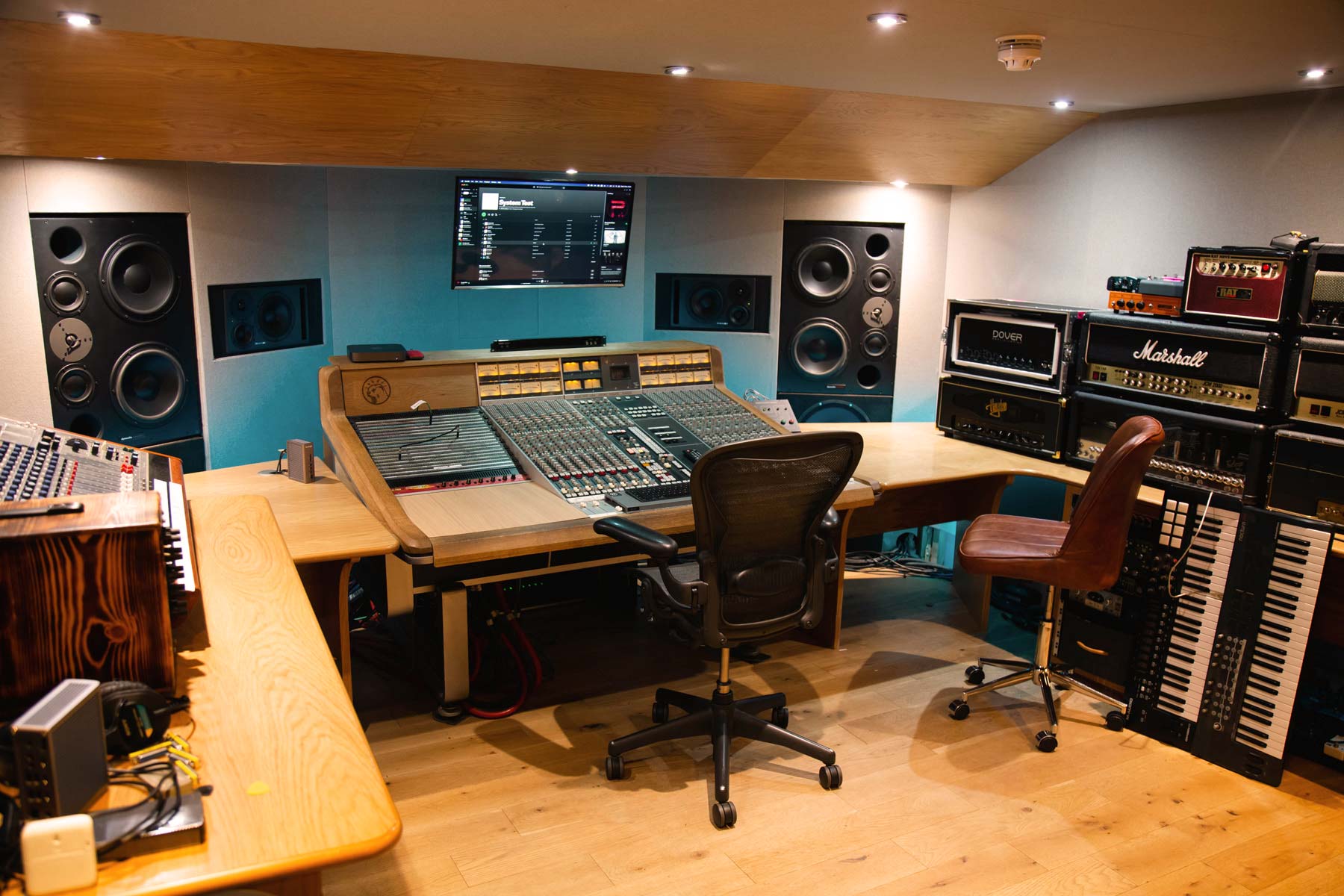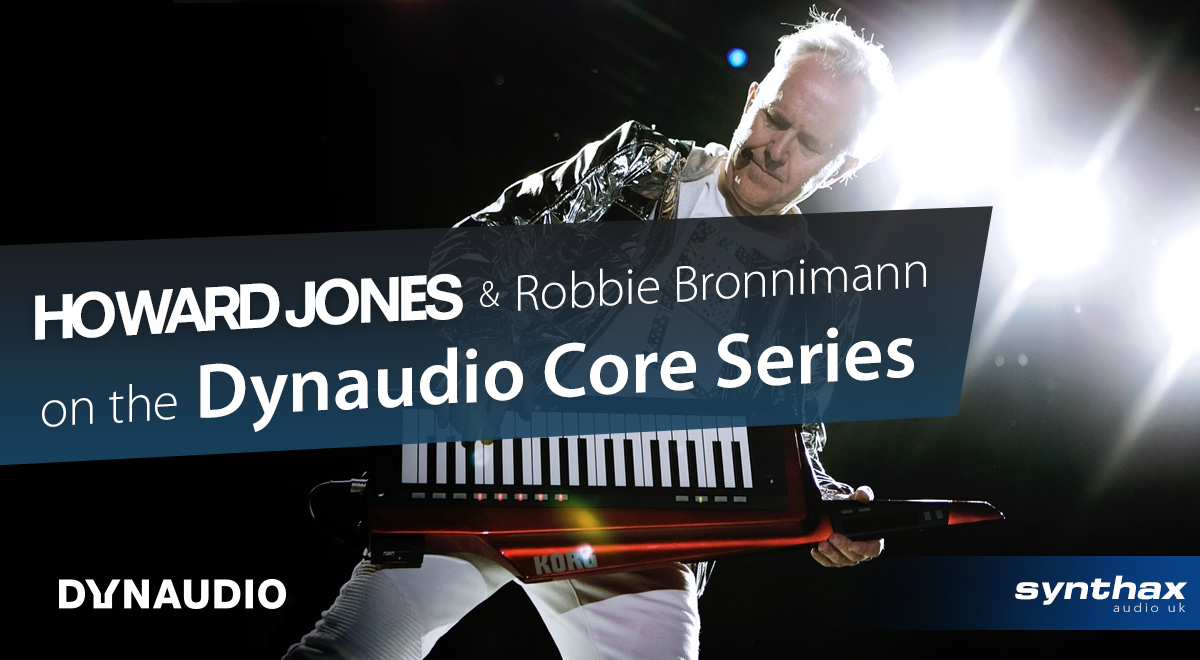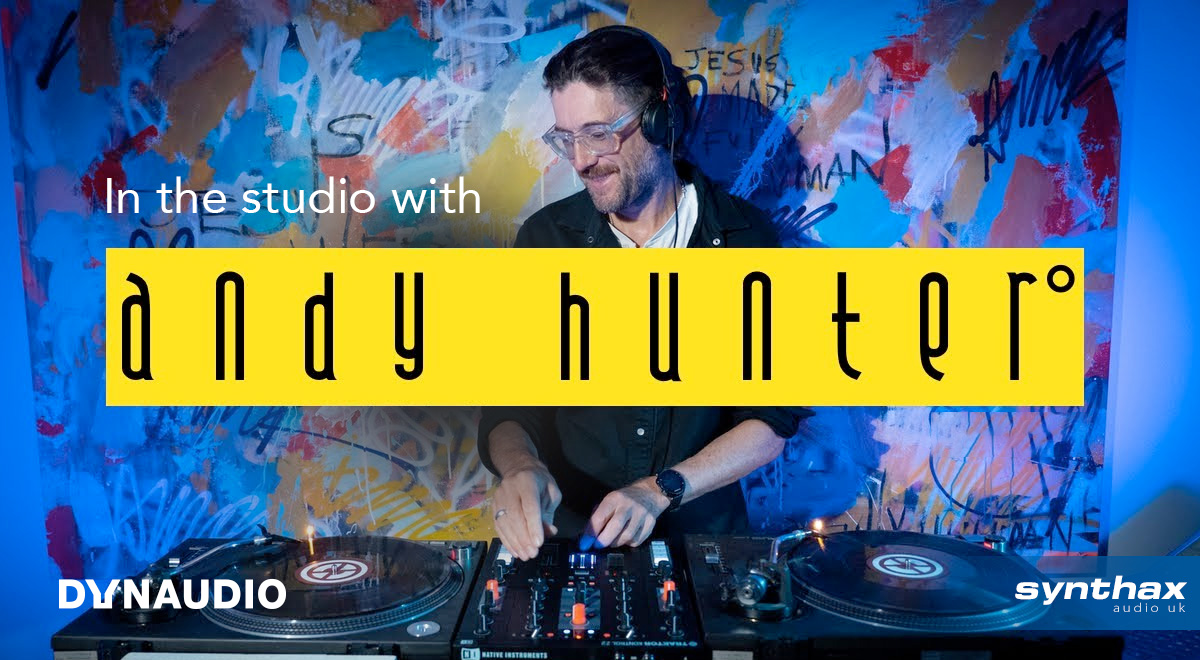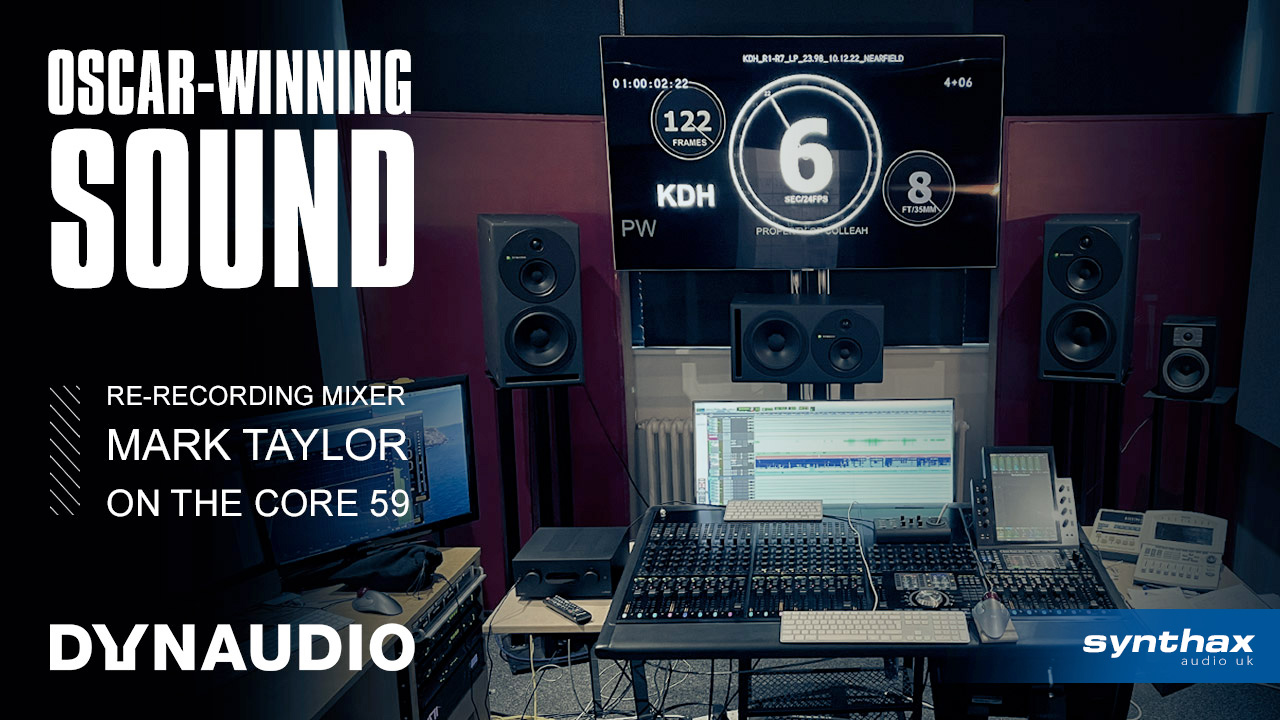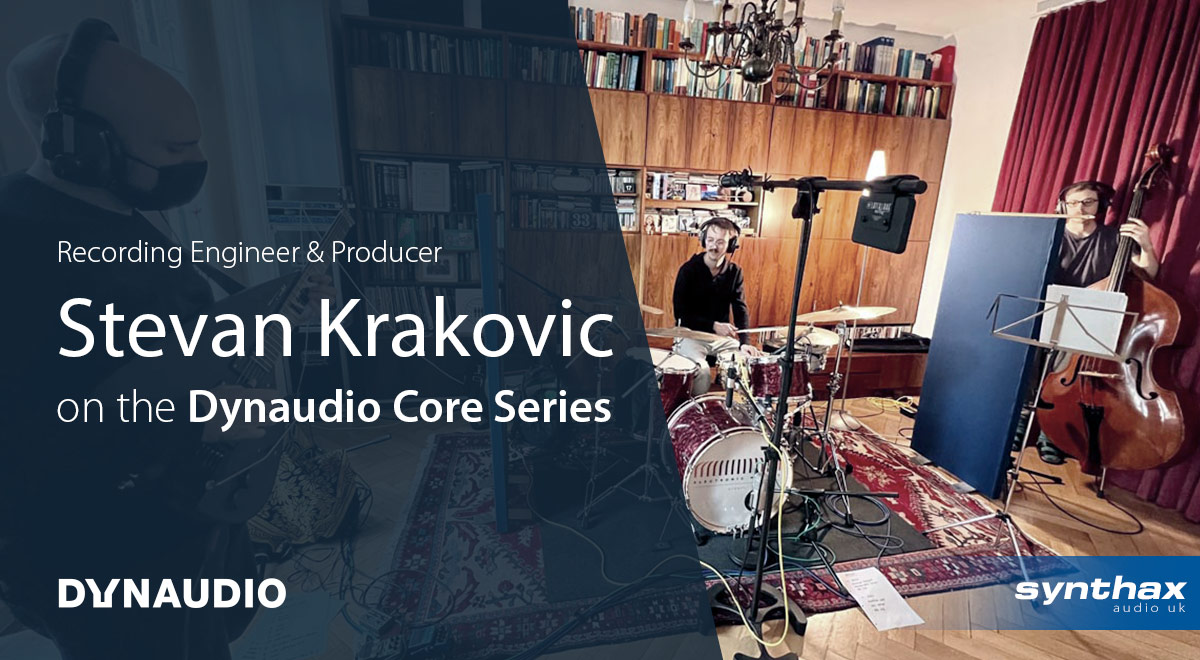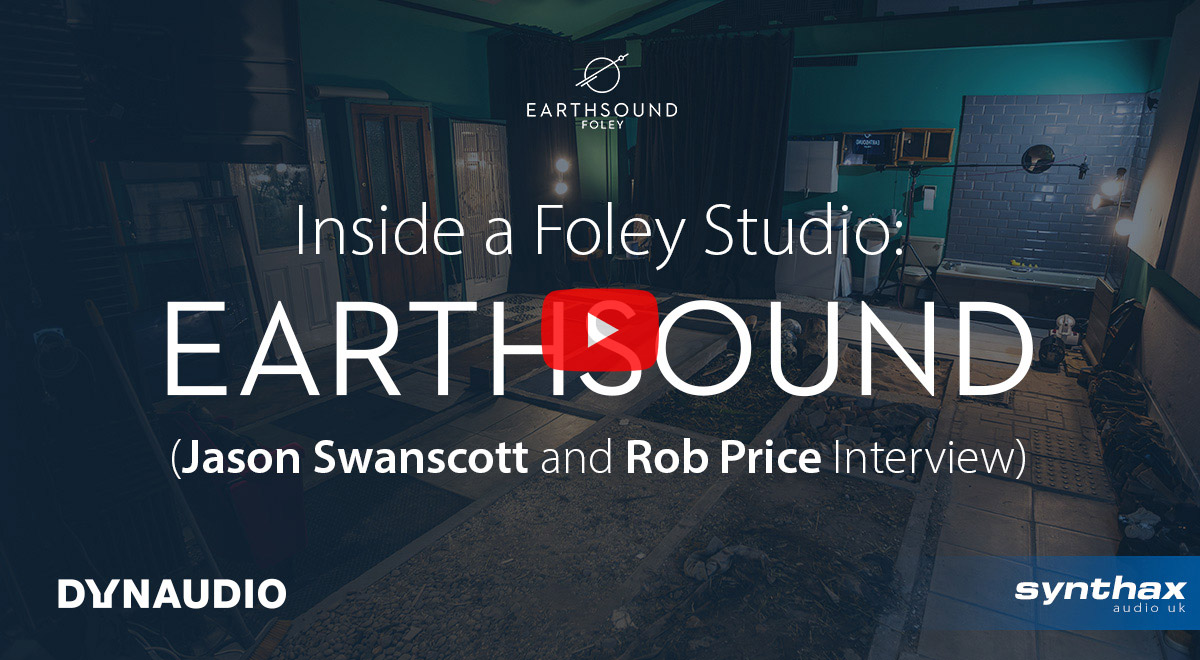Studio Owner Oscar Ball on running a studio, monitor shootouts, and choosing Dynaudio studio monitors
Otterhead Studios is a privately owned studio situated in rural Warwickshire. Housed in a converted barn adjoining an old watermill, the space boasts a finely-tuned control room and impressively spacious live room (with plenty of natural lighting).
A broadcast engineer by day (X Factor, Britain’s Got Talent, The Voice), Studio Owner Oscar Ball created Otterhead as an ode to his love for recording and mixing music. We sat down with Oscar to find out more about running a studio in 2025, and how a monitor shootout led to their choice of Dynaudio for the studio’s monitors.
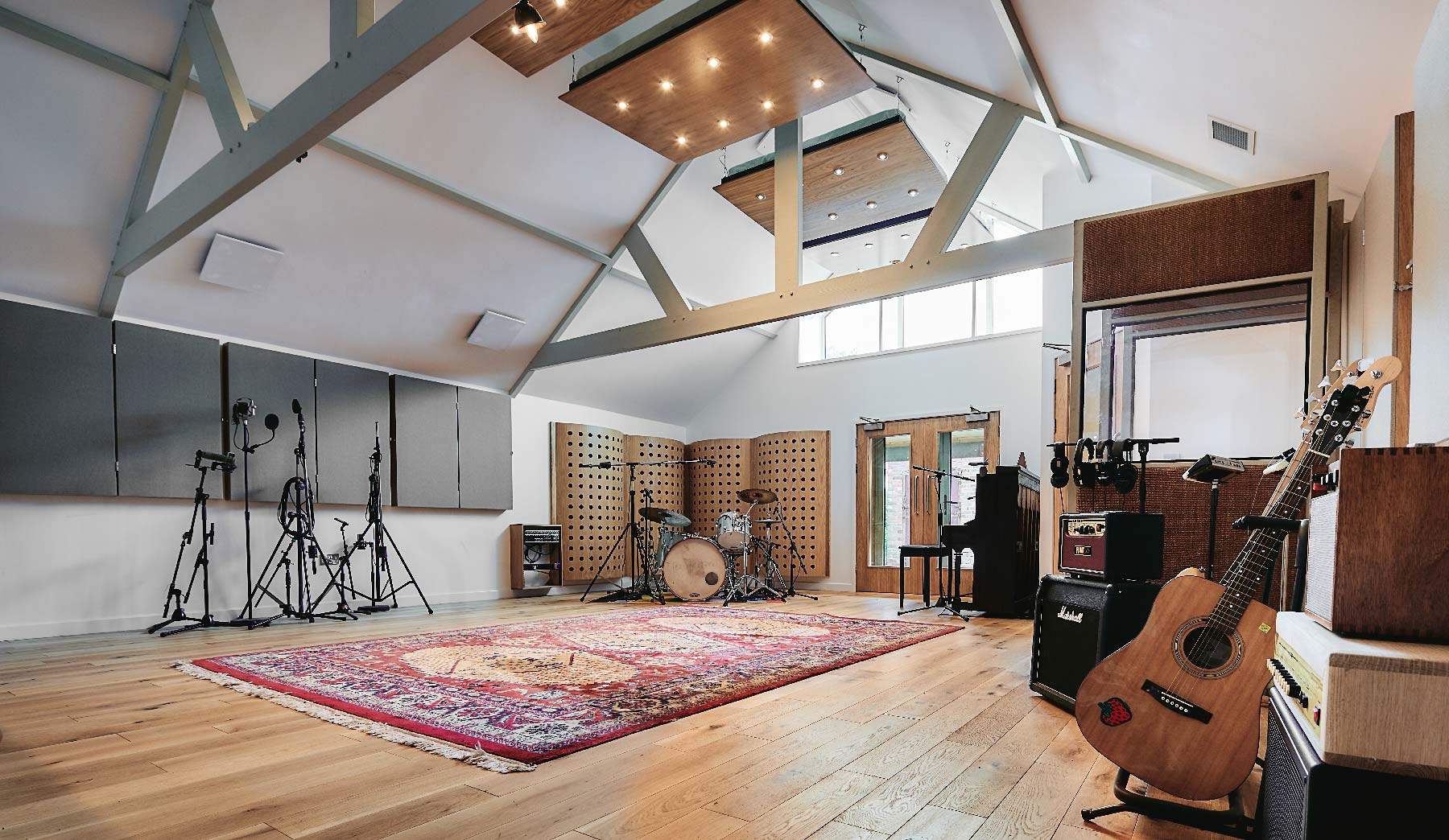 Bringing demos to life
Bringing demos to life
“I built this studio in 2019,” Oscar says. “It’s privately owned, although we do have a website. You can’t just walk in off the street and do a per hour session – everything is arranged through contacts, and people who already know each other.
“We cater for all sorts of music. A lot of rock and guitar-based bands recently – the large live room does lend itself to getting a nice drum sound. I’d say we’ve come to be known for that actually – getting a great drum sound!
“Then we’ve got some pop stuff coming up via a label that got in touch. Oh, and we also recently did an entire computer game! The music writer came up here, and we provided the producer, engineers and all the session musicians, to bring their demos to life. The developer wanted a 90s aesthetic – the brief was for it to sound grungy – and they came to us because we’ve got the desk and the room, all the outboard, and this ticked the box for the desired aesthetic. That was amazing and great fun, I’d love to do more of that if the opportunity comes up again.”
Whilst he’s no stranger to getting behind the faders, Oscar says these days he mainly encourages visiting engineers and producers to take the reigns when they come to Otterhead.
“I decided I’m too undisciplined when it comes to time-keeping in the studio,” laughs Oscar. “And that’s the worst thing if you’re trying to run a business. I mean some bands are working with a very strict budget – they might only have a couple of days to get everything done. And if we’ve ended up going over, because I’ve got carried away with trying out some mad idea, then suddenly I’m going to have to give them another half a day for nothing… That doesn’t work does it, you can’t run a business like that haha.
“So it’s mostly a dry hire facility, I’m not putting myself in the chair. We do have an in-house engineer, Ellis Powell Bevan, he’s still part of the package. You’ve got to have someone there to show you how to run everything obviously. He also produces a lot of the local bands, but bigger acts will generally bring all their own people.
“My day job is a Broadcast Sound Engineer, although I do have an electronic project that we record in here called Lyndhurst, which is myself and Dan Carney. That way I still get to keep my hand in Pro Tools, twiddling knobs and mixes, along with the library music we produce and write in here.”
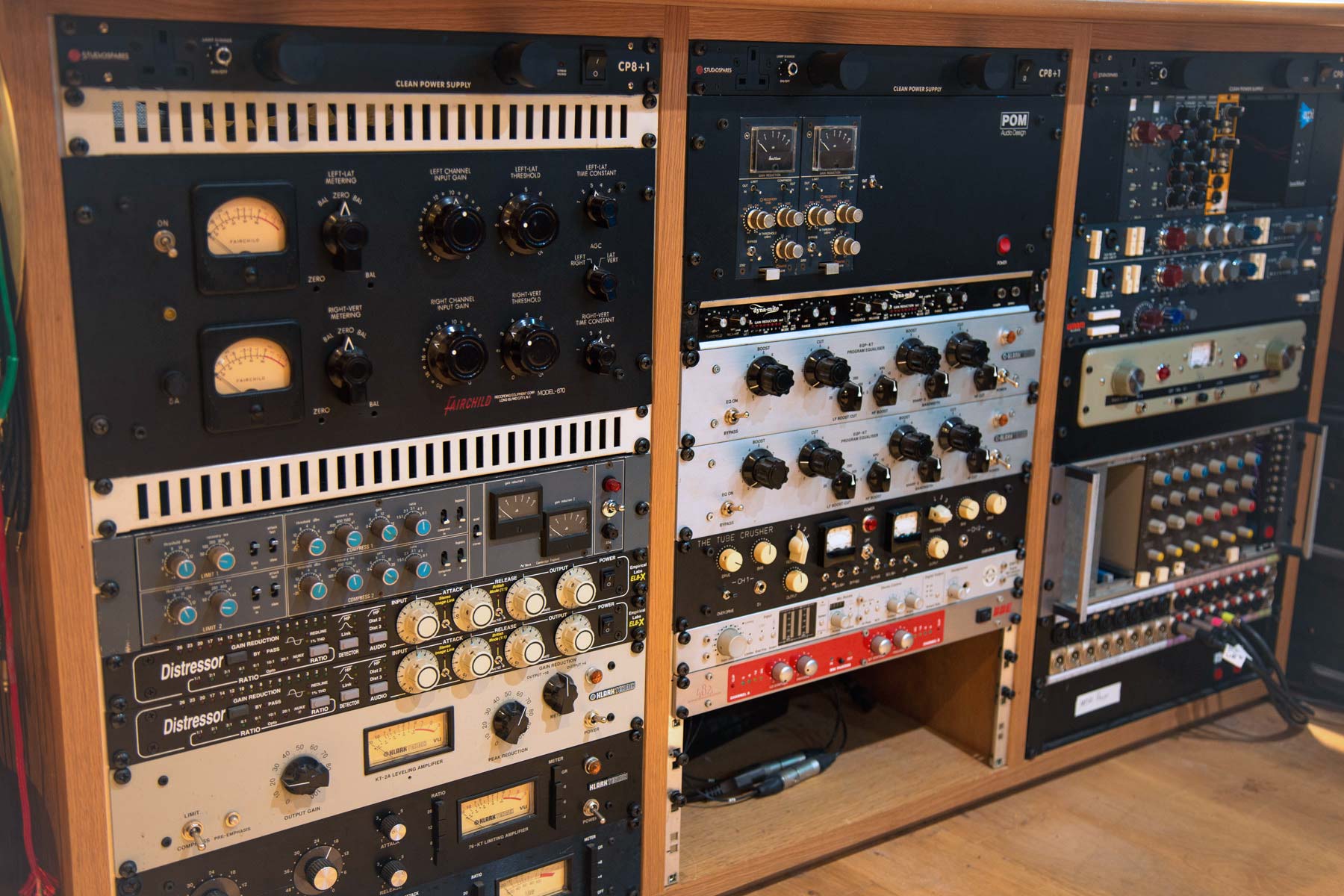
The best of both worlds: SSL and Neve
Primarily a tracking studio, Oscar says Otterhead has become known for its good vibes. Along with an impressive collection of microphones and boutique outboard, the studio is centered around Pro Tools and an SSL console.
“Everything is based around our lovely old SSL E Series, which was painstakingly reconditioned,” Oscar explains. “It was a 52-channel desk originally, but has been cut down to only 16-channels, so it’s only diddy.
“We use it as the front-end for all our recording, along with the Neve 54 series suitcase mixer we’ve also got, and the various other outboard. The pres and the dynamics get used a lot. And the EQ – people love reaching for the EQ, especially on vocals and guitars.
“people still love the real thing”
“It’s got the brown EQ and the mix bus compressor, yeah people love it. You hit record and it immediately sounds like records you’ve heard. Then we’ve got the Neve 33609 compressor too which gets a lot of use on buses as well, and mixes too occasionally.”
With so many tools available in the modern era – including increasingly accurate software emulations of classic gear – we wanted to know: how do people decide which tools to use when they come into the studio?
“I’ve found most producers and engineers tend to reach for what they know,” reflects Oscar. “I’ve got some quirkier, weirder stuff too – modified kit, stuff that isn’t your regular run of the mill. But often people are under pressure with a time constraint, so they’ll go for the SSL or a Neve.
“We’ve got flavours to cater for most things. Lots of guitar heads, cabs, microphones. People still love these things, the traditional sounds. We do have a Kemper here as well, which you can use to sort of model any guitar sound you want. We’ve got a real hybrid of stuff, emulations, MIDI, controllers etc if people want it, but I’ve found people still love the real thing. The classics, moving around and sticking microphones on instruments, amps, using guitar pedals. That’s never gone away.”
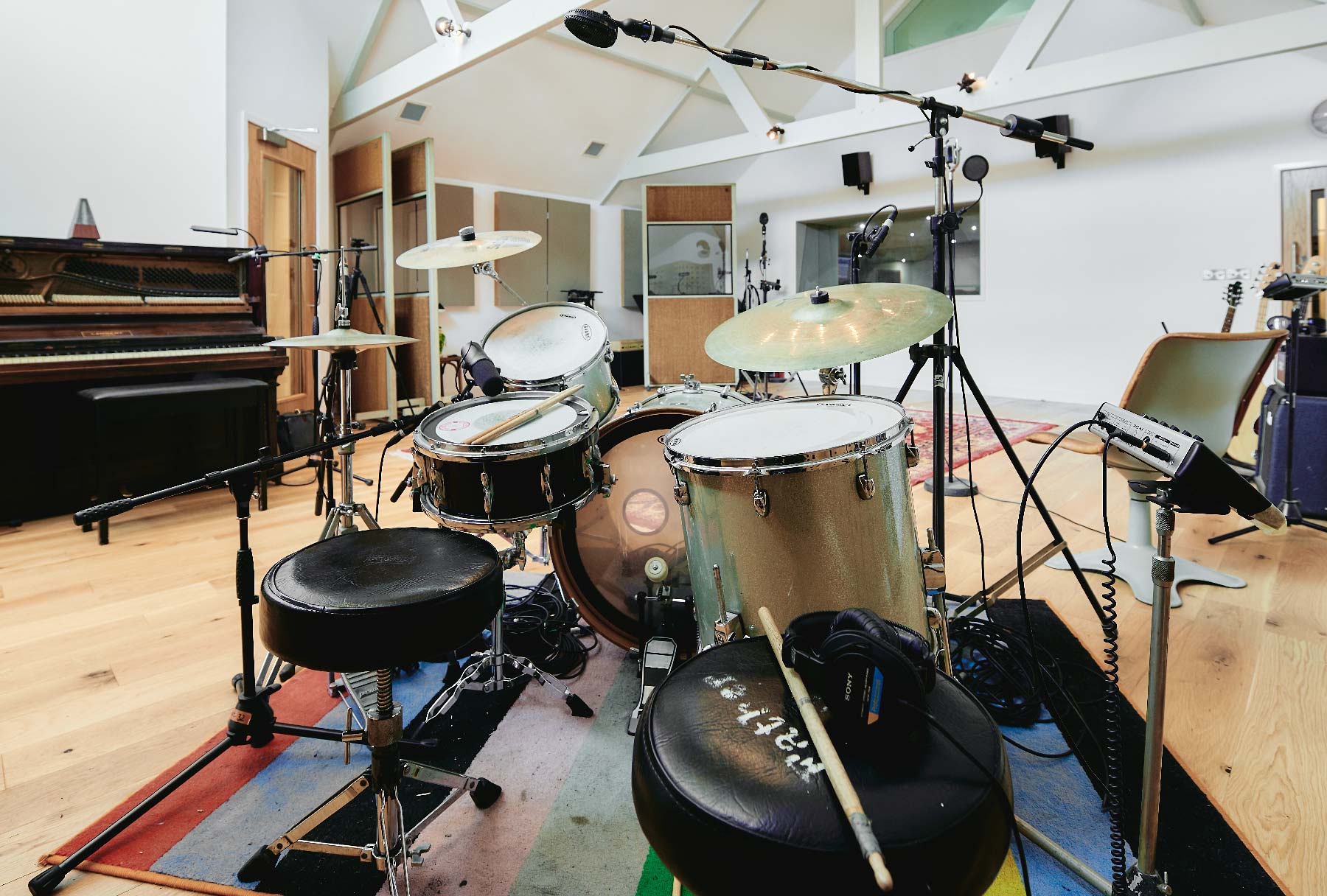
Studio Monitor Shootout
The chat now turns to the main reason for our visit to Otterhead – studio monitors – with Oscar recently installing a pair of Dynaudio Core 47s, which he’s soffit-mounted alongside the main Dynaudio M3s.
You might be thinking that Dynaudio was already the studio’s first choice when it came to a new set of speakers – as it turns out this wasn’t quite the case, with the team going all in on a full-blown monitor shootout in their quest for perfect sound.
“I’d been feeling like it might be time to get something else in for a while,” Oscar explains. “We wanted a true three-way box, as I felt like we were losing some of that definition on guitars – we seemed to be missing that with other speakers we’d used. That became apparent after a couple of years of tracking, so that’s when we got in touch with you guys (Synthax).”
“Dynaudio was mentioned to me by (fellow broadcast engineer) Andy Patterson. I was working with him on The Masked Singer and he said ‘try those out, I love them, and they’ve got loads of welly’. So I said ‘great, I’ll add them to the list’.
“I was familiar with Dynaudio already of course. I’d seen the BMs used a lot as nearfields in my early days of broadcast, on the meter bridge in control rooms. Then later a lot of the OB trucks had Dynaudio Airs. Telegenic for example, they had Airs everywhere.”
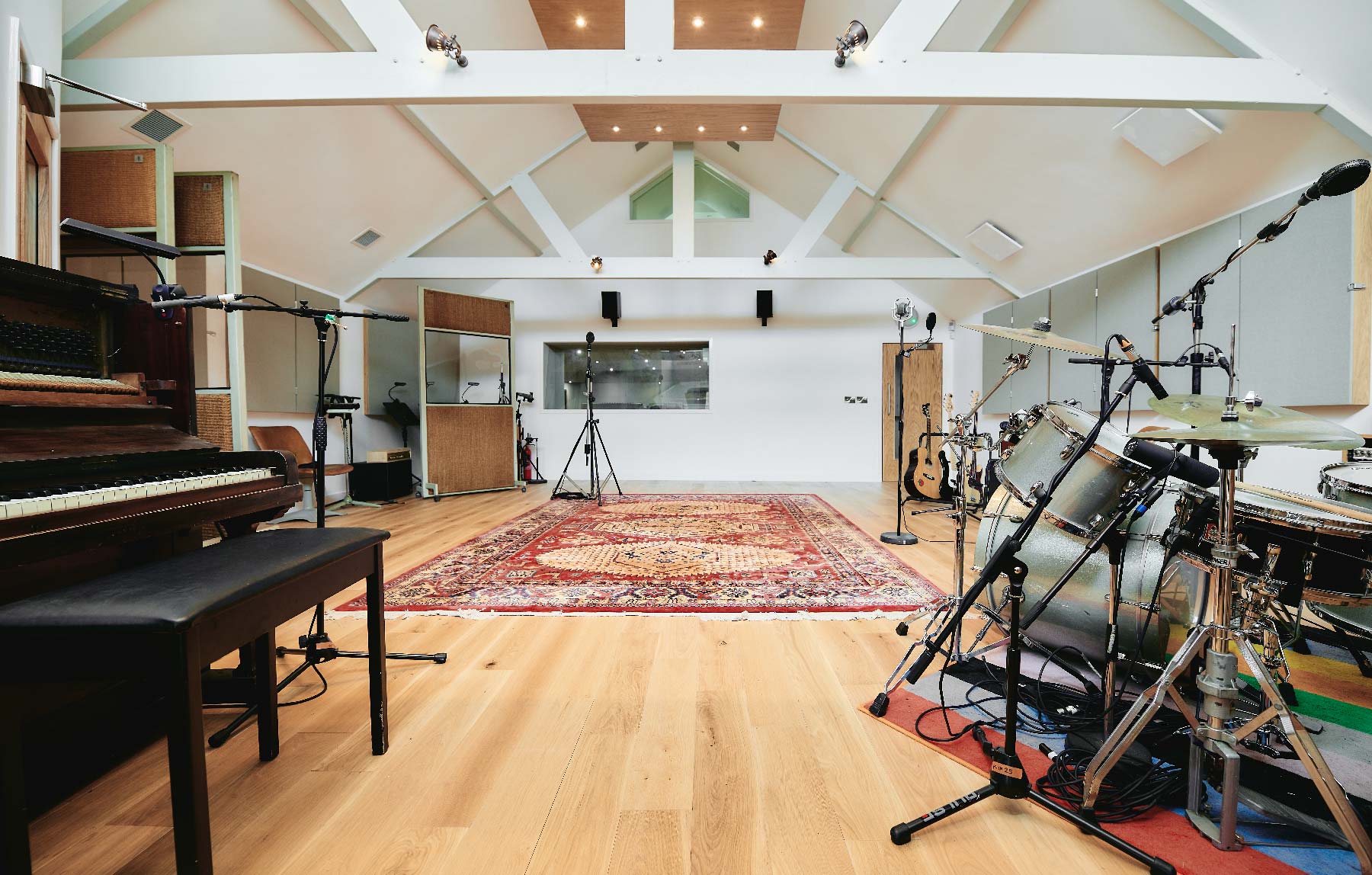
Picking speakers for a pro studio is tough of course. Along with the room, it’s probably the biggest decision when building a studio. The team tested out loads of different models, but one stood out…
“We tried everything!” Oscar continues. “We had all of the names in, and tested everything over the space of two weeks. Lined them all up along with the M3s, and put them all through the desk with the same source, everything nominal level. And then just went through them one by one. We even bypassed all the DSP on each one, so we could see how much jiggery pokery was going on. And with the Cores – even with all the switches flipped to flat on the back – straight off the bat you could hear how pleasing they were to the ear.
“We moved them into another room and put them up against our other finalist. And yeah the Core 47s won out. They’re great, especially for tracking which is what we mainly do here. I mean this is all subjective of course – someone else might come in and say ‘oh those other ones sound the best’. It depends what you’re looking for, everyone has their own tastes.
“It was a big, big decision to make, it took weeks, but I thought it was the only way to do it. And yeah the Core 47s won.”
When it comes to monitoring, accuracy is obviously important. But there’s also a second consideration that anyone who’s spent hours in the studio will know all too well: the danger of killing your enjoyment on a session. Oscar thinks the Core 47s have got the balance between detail and vibe just right.
“I like going into studios and being impressed with the sound,” says Oscar. “You don’t want to go in and hear a hard, flat monitor that only one person in the room is trusting. As an artist, as a writer, as a visitor to a studio, you want to be able to feel the vibe! Not just yourself, but everyone there.
“So we weren’t flippant about choosing new monitors, we went completely to the nth degree. The others just did not have any of that vibe, they didn’t have any of the bottom or the lows. That’s something you often don’t get with smaller speakers. For the size and the price, these ticked a massive box for us. They do the ‘three-way thing’ I was looking for perfectly, we got that definition in the guitars back, and we’re really happy with them.”
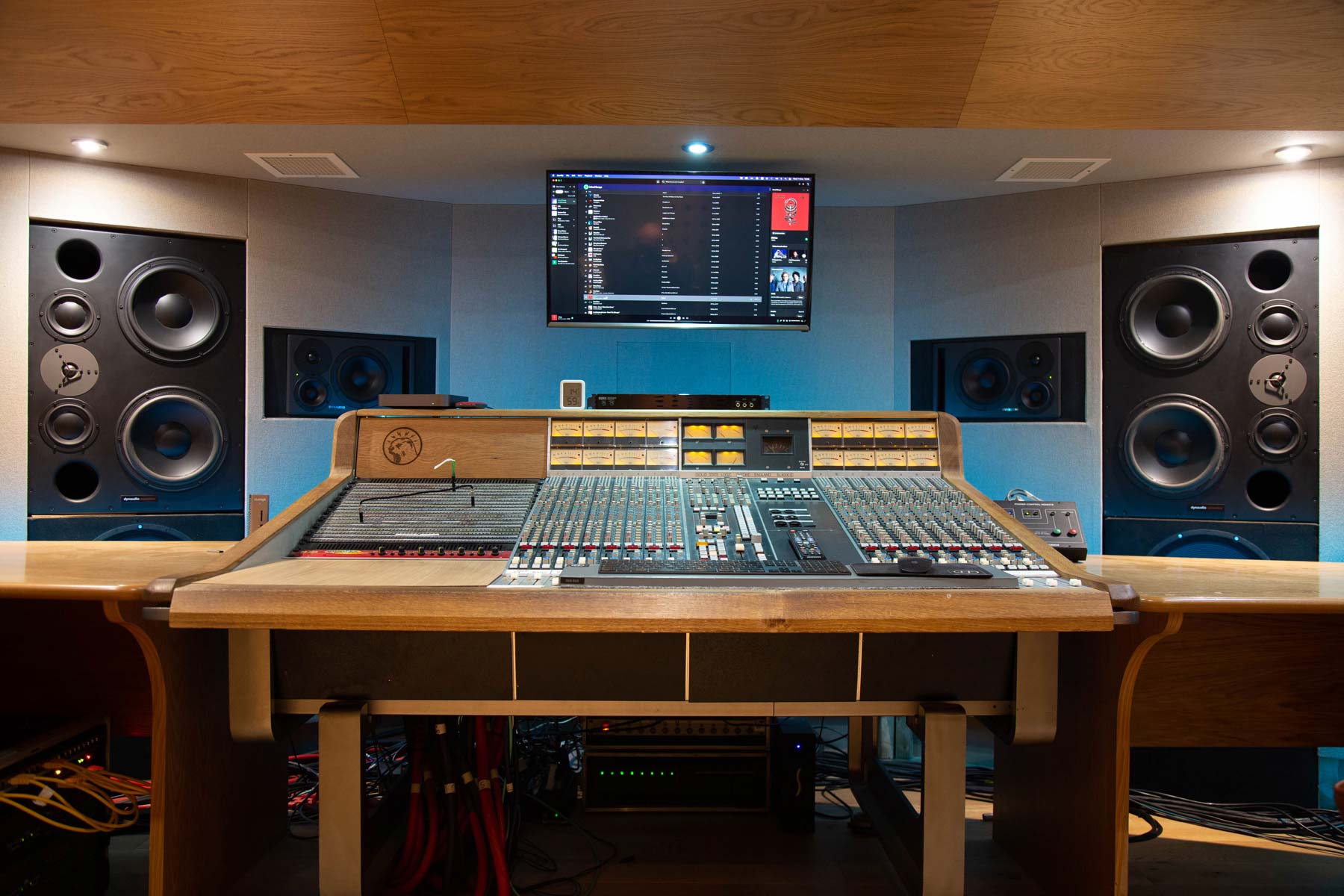
Dynaudio Acoustics M3 main monitors
Alongside their soffit-mounted Core 47s , Otterhead also has original Dynaudio M3s as their main speakers (we’ve not convinced him to upgrade to the newly released Dynaudio M3 MkIIs just yet…). The sound of both sets of monitors have been matched with one another, so that switching between them simply provides the added bass extension you’d expect from the bigger M3s.
“We’ve had the Cores tuned so they go perfectly with the M3s,” Oscar says. “That’s so you don’t flick between the two and suddenly go “oh my god I’m in another dimension”. That can really scare the hell out of an engineer! They might’ve been tracking for 5 or 6 hours, and then suddenly they hit the button and go ‘what??? that’s completely different to what I’ve been hearing!’. And now they’ve got a loss of confidence, they’re worrying it’s not going to translate etc. That’s the last thing you want, so that’s why we spent days getting everything perfect.
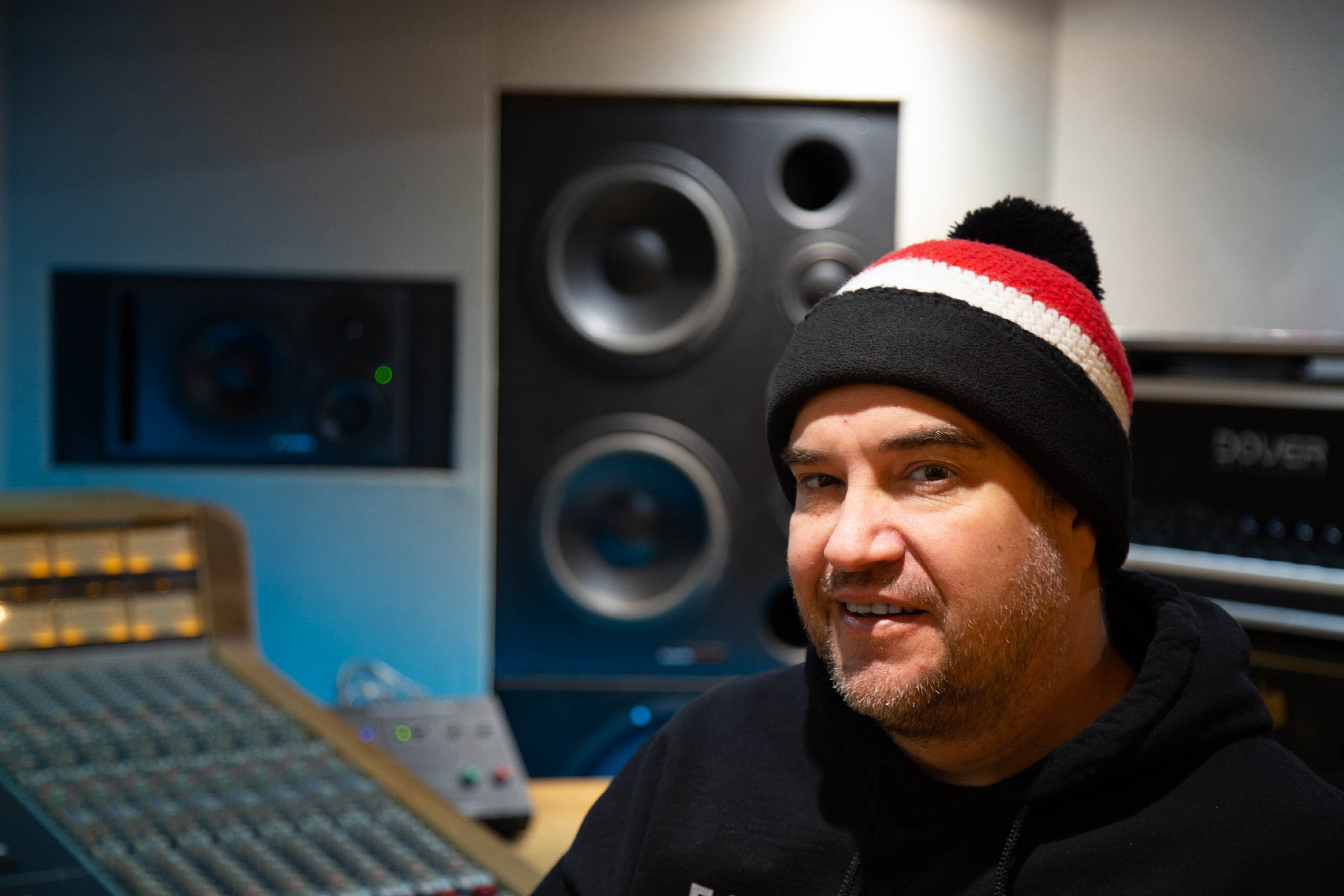 “I’d first heard the M3s in the Maidstone control room, although this is my first time owning a pair. I actually knew about them even before that, because when I was a youngster I was very nerdy about gear, reading all the magazines. I think it was FutureMusic who wrote an article about them, with Liam Howlett from The Prodigy. And he was absolutely raving about them, along with the subs. So I knew they were an established player, but I’ve never actually owned a pair before.”
“I’d first heard the M3s in the Maidstone control room, although this is my first time owning a pair. I actually knew about them even before that, because when I was a youngster I was very nerdy about gear, reading all the magazines. I think it was FutureMusic who wrote an article about them, with Liam Howlett from The Prodigy. And he was absolutely raving about them, along with the subs. So I knew they were an established player, but I’ve never actually owned a pair before.”
“It probably is a little bit subbier in here than most engineers would like, especially with our custom sub we have installed, but musicians and producers love it. They’re great fun – when you have a bass player in and and you crank it up, you can really get the trousers flapping!
“But they don’t hurt your ears either. We had a producer in here recently, and I’d come in and check on them every two or three days, make sure they were alright. And they’d be on the mains all day, and at a healthy volume! And no one was complaining of fatigue or anything. It’s a very comfortable space to work in and they work really well, they’re not harsh.
“It’s about giving people what they don’t or can’t have in their home setup”
“They look the part really. They do, they look cool. You come in here and you think ‘yeah I haven’t got those in my living room…’.
“And that’s really what I think this facility is about – giving people what they don’t or can’t have in their home setup. That’s really a lot of what running a studio is about these days in my opinion. It’s not just the space, or having a nice sounding room to record drums. It’s all of it – the control room, the vibe, having access to gear that people don’t have in their home studio, all of that.
“It’s got to be everything. The smaller local bands come in here and they just love being in the room, in this dedicated space with all the gear. It doesn’t matter that all they’re doing is a guitar overdub – you’ll look round and there’ll be 6 people all sat there, they just want to be involved, to be a part of it. That’s part of what making music is about, getting to come to places like this, recording in an amazing space, and touching and working with all the things you don’t have. That’s what I always wanted to do anyway.”
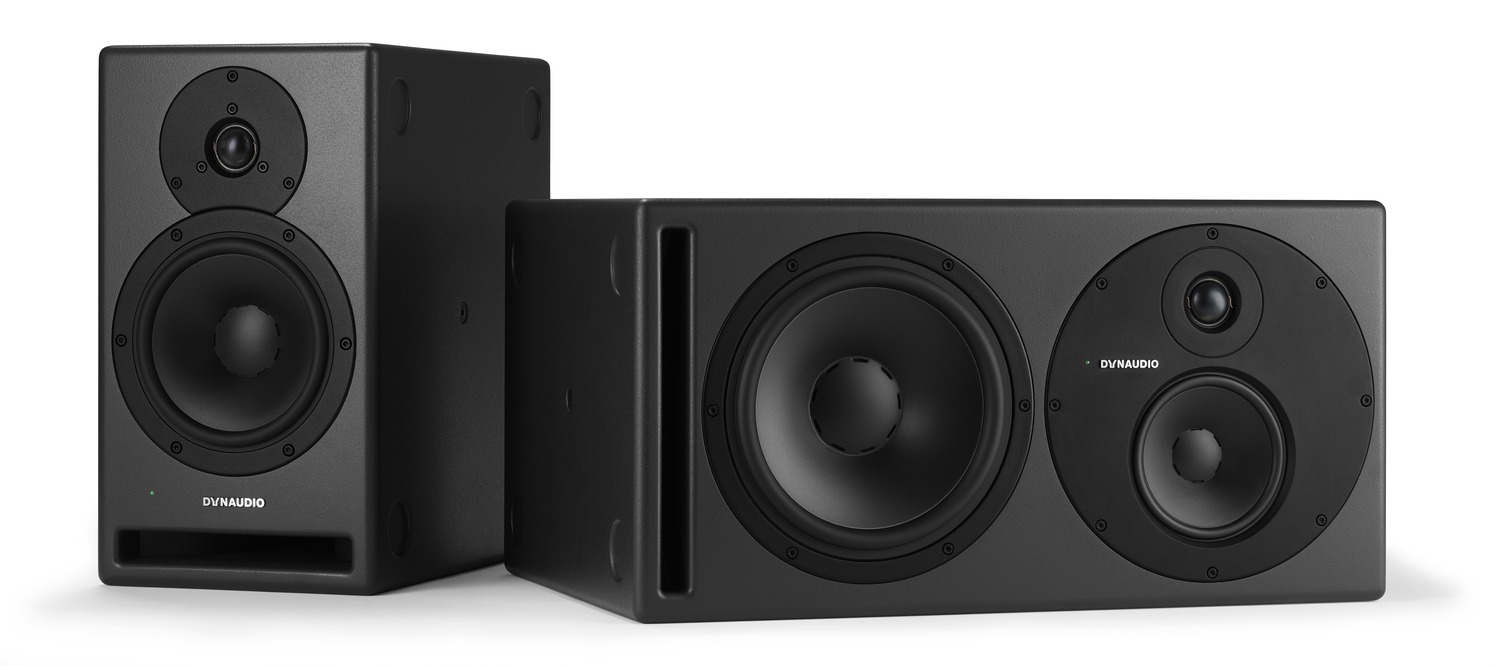
Our thanks to Oscar Ball and Otterhead Studios. To learn more about the studio, visit www.otterheadstudios.com
Live room photography provided courtesy of Mike Banks.
See the full range of Dynaudio Studio Monitors
Want to know more?
If you’d like to know more about the professional monitoring solutions offered by Dynaudio Acoustics, give us a call on 01727 821 870 or contact us via our webform.
Other Dynaudio Core Series Users
Want to know what the Pros think about the Dynaudio Core Series?
Check out a few more of our Dynaudio user stories below.
![]()
Dynaudio is world-famous for making hand-crafted high-end loudspeakers for living rooms, home cinemas, cars and professional recording studios.
Since the beginning in 1977, the company has made iconic products rooted in a love of music and film – reproducing exactly what the artist intended. Nothing more, nothing less.







